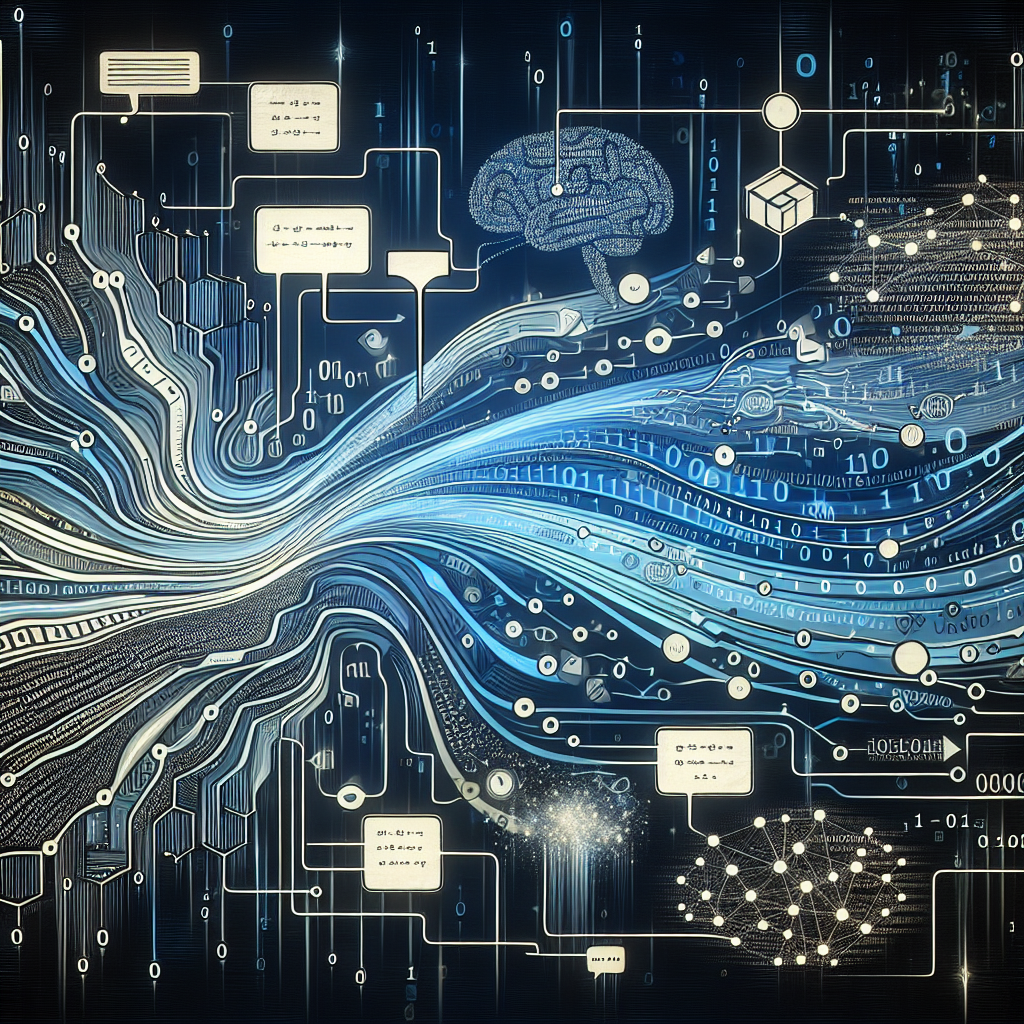Recurrent Neural Networks (RNNs) have revolutionized the field of Natural Language Processing (NLP) by enabling machines to understand and generate human language with unprecedented accuracy and complexity. RNNs are a type of neural network that is designed to handle sequential data, making them well-suited for tasks like language modeling, machine translation, sentiment analysis, and text generation.
One of the key strengths of RNNs lies in their ability to capture long-term dependencies in language data. Traditional feedforward neural networks struggle with this as they treat each input as independent of the others, whereas RNNs maintain a state that allows them to remember information from previous inputs. This makes RNNs particularly effective at tasks like predicting the next word in a sentence or generating coherent text.
In language modeling, RNNs are used to predict the probability of a word given the previous words in a sentence. This can be useful for tasks like autocomplete suggestions or speech recognition. RNNs can also be used for machine translation, where they can encode a sentence in one language and decode it into another language. This has led to significant improvements in the accuracy and fluency of machine translation systems.
Sentiment analysis is another area where RNNs have shown remarkable performance. By analyzing the sequence of words in a sentence, RNNs can determine the overall sentiment of the text, whether it is positive, negative, or neutral. This has applications in social media monitoring, customer feedback analysis, and market research.
RNNs have also been used for text generation, where they can generate realistic and coherent text based on a given prompt or seed text. This has applications in chatbots, content generation, and storytelling.
While RNNs have proven to be powerful tools in NLP, they are not without their challenges. One of the main issues with RNNs is the vanishing gradient problem, where the gradients become exponentially small as they are propagated back through time. This can lead to difficulties in learning long-term dependencies in the data.
Despite these challenges, RNNs continue to be at the forefront of NLP research and have paved the way for more advanced models like Long Short-Term Memory (LSTM) networks and Gated Recurrent Units (GRUs). With their ability to capture complex patterns in language data, RNNs have significantly improved the accuracy and performance of NLP systems, making them an indispensable tool for a wide range of applications.
#Power #RNNs #Natural #Language #Processing,rnn


Leave a Reply